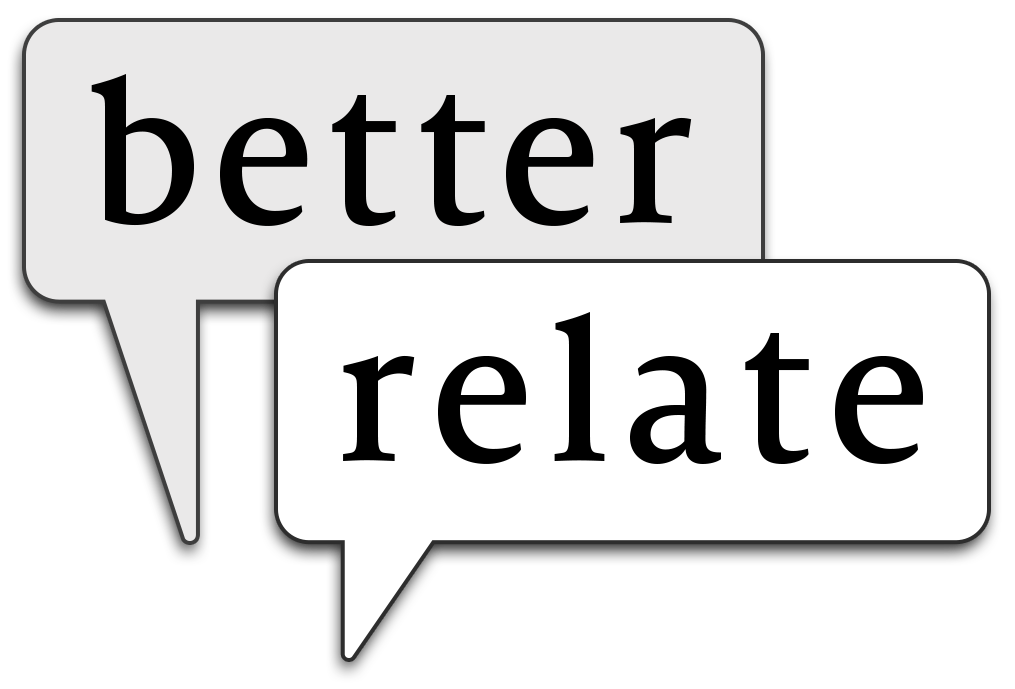Are Compassion, Empathy, and Sympathy the Same Thing?
Many of us use the words compassion, empathy, and sympathy interchangeably. So are they all just the same thing?
No.
An easy answer but you’re not off the hook yet. Most of us know they’re not the same thing, but why aren’t they? How are they different from each other?
Compassion is empathy with wisdom.
The differences between compassion, empathy, and sympathy go deeper than words. We can say one word but behave with another.
When a friend’s mother dies, what do we do? Among other things we send her what’s known in the United States as a sympathy card. We may not feel sympathy but empathy. An example of using one word but behaving with another.
So what’s the difference between compassion, empathy, and sympathy?
I’d like to borrow from Cindy Wigglesworth’s excellent hierarchy as she outlined it in her Huffington Post article “Empathy Precedes Compassion.”
1. Sympathy = I see you and I am [sic] feel sorry about your plight. This can feel like one-up/one-down. The person I “feel sympathy for” may feel pitied — which doesn’t feel good […]
2. Empathy = I feel what you feel. This is a peer-to-peer experience. When you are sad, I feel the sadness in my body/mind/heart. This has a genuine caring texture to the person who is suffering. But you might feel like you are riding the emotional rollercoaster of emotions. You and I might feel unsafe and distance ourselves if feeling another’s pain becomes too much.
3. Compassion = I feel what you feel and it doesn’t overwhelm my circuits. My wisdom circuits remain active and I modulate my emotional state. I see a larger picture. I act skillfully to relieve suffering where I can, or to sit with people who just need accompaniment in their pain (or their joy).
Let’s unpack this a bit further.
Compassion, empathy, and sympathy start in the same place: caring for another
First I must say a word about Compassion. As an English-speaking therapist in Stockholm, my work is infused with and shaped by Internal Family Systems (IFS), a therapeutic approach that teaches us how to heal our own selves.
At the core of you is a Self, the calm centred whole of you. We know this Self through its 8 qualities. The Self has:
Notice that Compassion is the Self quality, not sympathy or empathy. We draw upon Compassion (along with the other 7 qualities) to heal ourselves and restore balance in our lives.
But note that: Compassion. Not sympathy or empathy. Let’s see if we can make this crystal clear.
Sympathy is an acknowledgement that someone is hurting. But there is no feeling alongside of them. There is a distance. That’s why some people experience sympathy as pity, which bestows victimhood and isolation. Or that you’re somehow better than them and can rescue them.
So, if we’re truly going to create an Empathy Epidemic, we must cast sympathy aside.
Empathy means standing in someone else’s shoes. Say you lost your mother several years ago, and now someone else loses their mother and you learn about it. Whether this person is your co-worker, best friend, the guy behind the checkout counter, or your golf caddy – no matter what your level of connection is – you at least have a moment of feeling it right alongside them. You remember what it felt like and you can imagine how they must feel.
Empathy is a wonderful way to connection with another human being…until you get overwhelmed. The overwhelm may come from the other person as they struggle with their grief, or it can come from inside you as you re-experience the loss of your mother.
Which leads us to Compassion.
Compassion allows us to care without losing ourselves
In a compassionate connection – either with yourself or others – you can feel their pain and see them in their suffering.
See, you can’t have Compassion without empathy. Compassion is empathy with wisdom. You open your heart to the other person (or to your part inside) without becoming overwhelmed. Their pain does not become yours.
And it’s not sympathy where you try to problem-solve or rescue the supposed victim from their situation. You’re not trying to be the all knowing person who can get them out of their pain. Their pain may need to be there for them to learn or grow from.
You’re just being there and letting them feel your loving support. Never underestimate the power of love as a solution. When you show up for another without judgement holding the space for them to show you what they need. You demonstrate you belief in them.
When I think of Compassion, the image that floats into my mind is a large Golden Retriever sitting next to me (or you) not expecting anything. The Golden is there just available and listening, happy to be next to you patiently.
Can you do that for yourself? For someone else? Let the mental image of the Golden Retriever keep you company whenever you feel awkward in that compassionate space.
Image credit: 7 months old” by Flickr user Nick Stenning is licensed under CC BY-SA 2.0.



